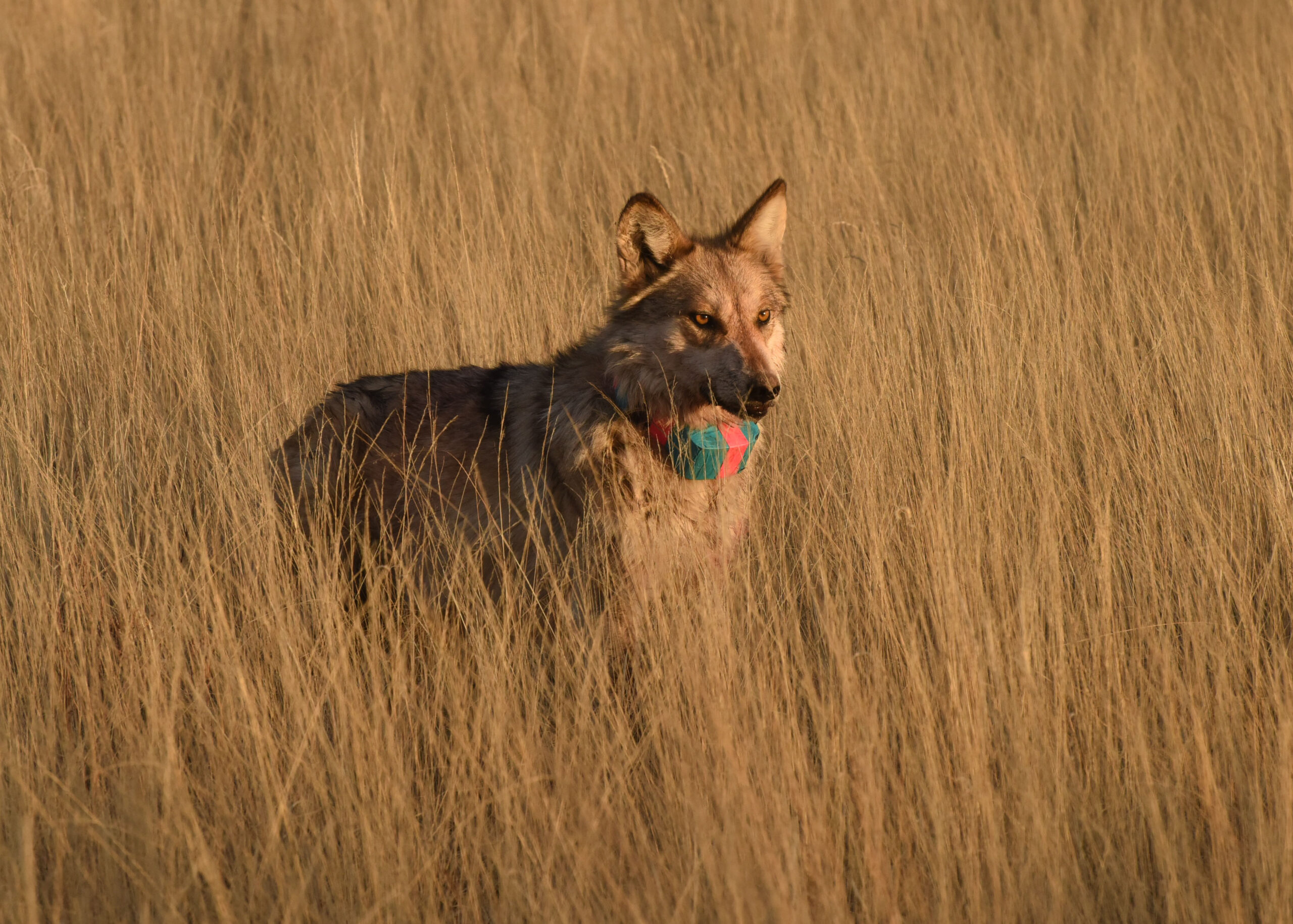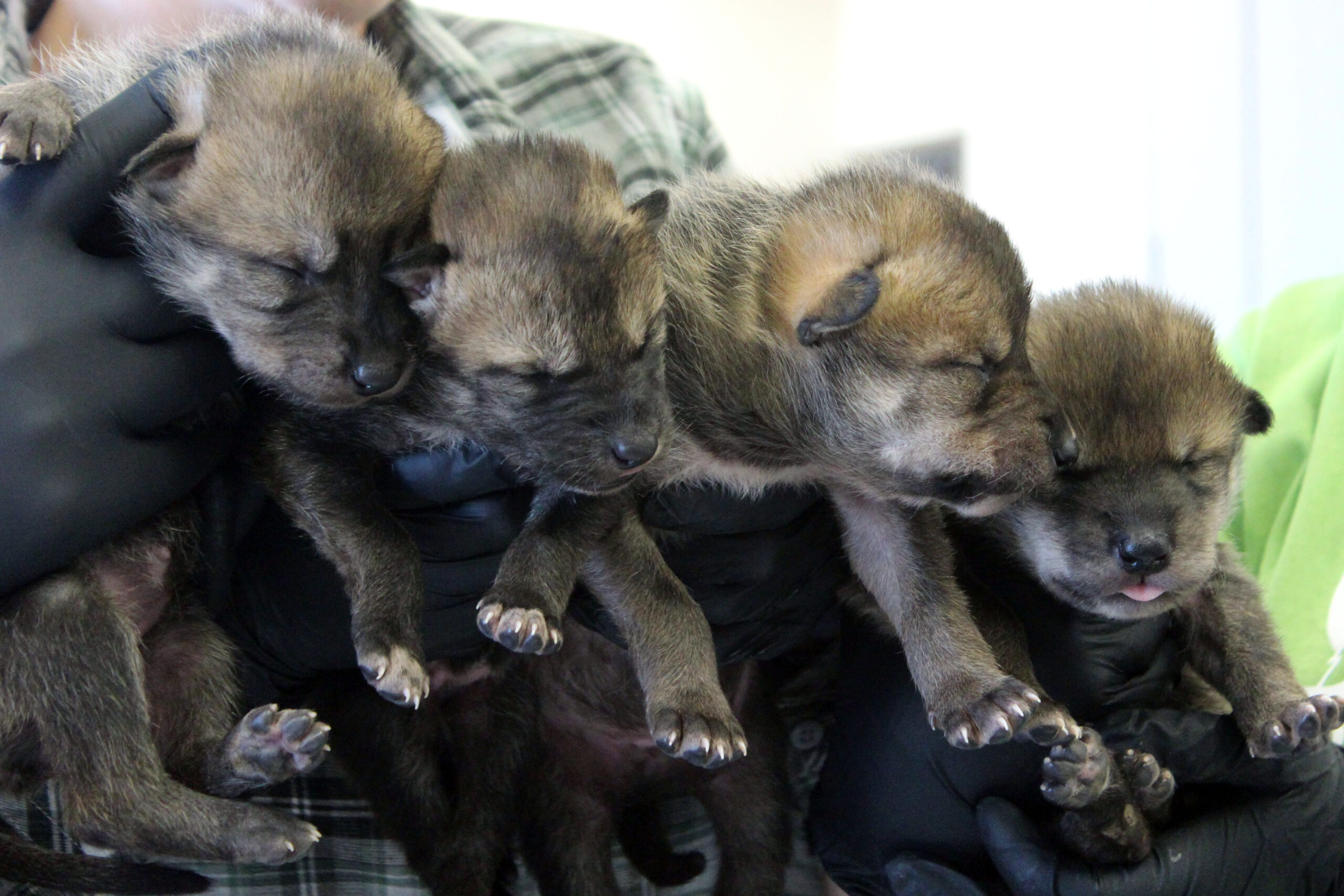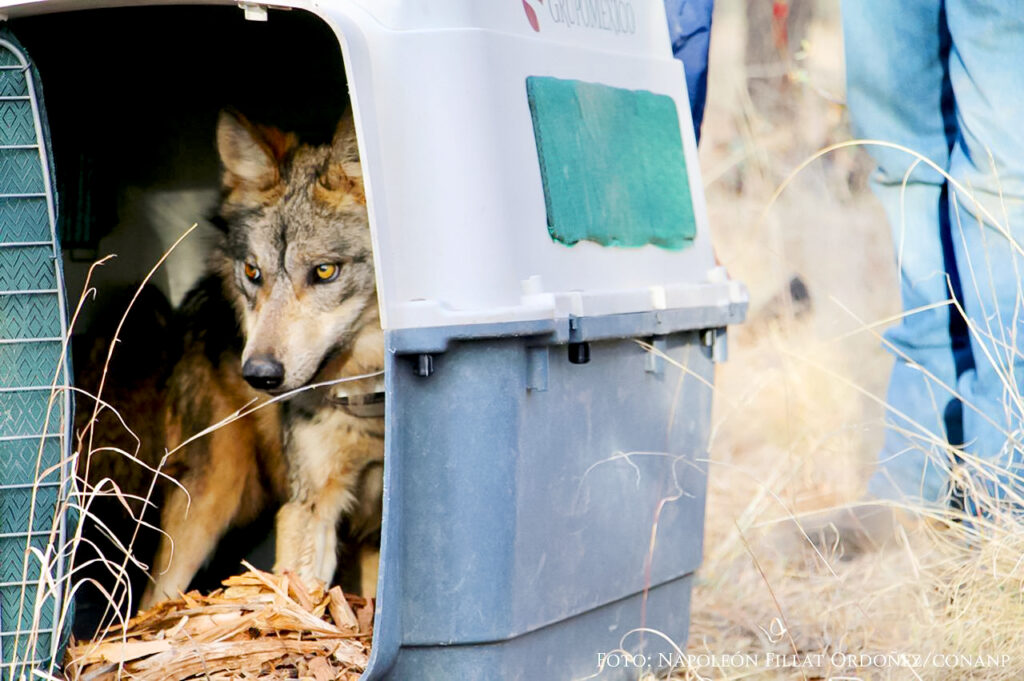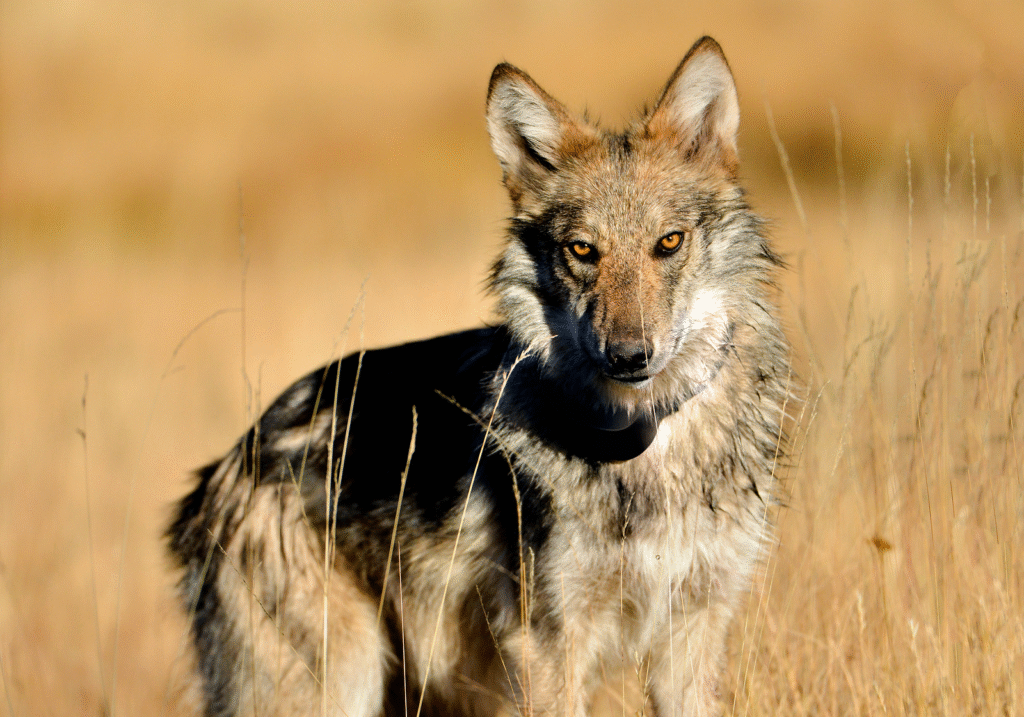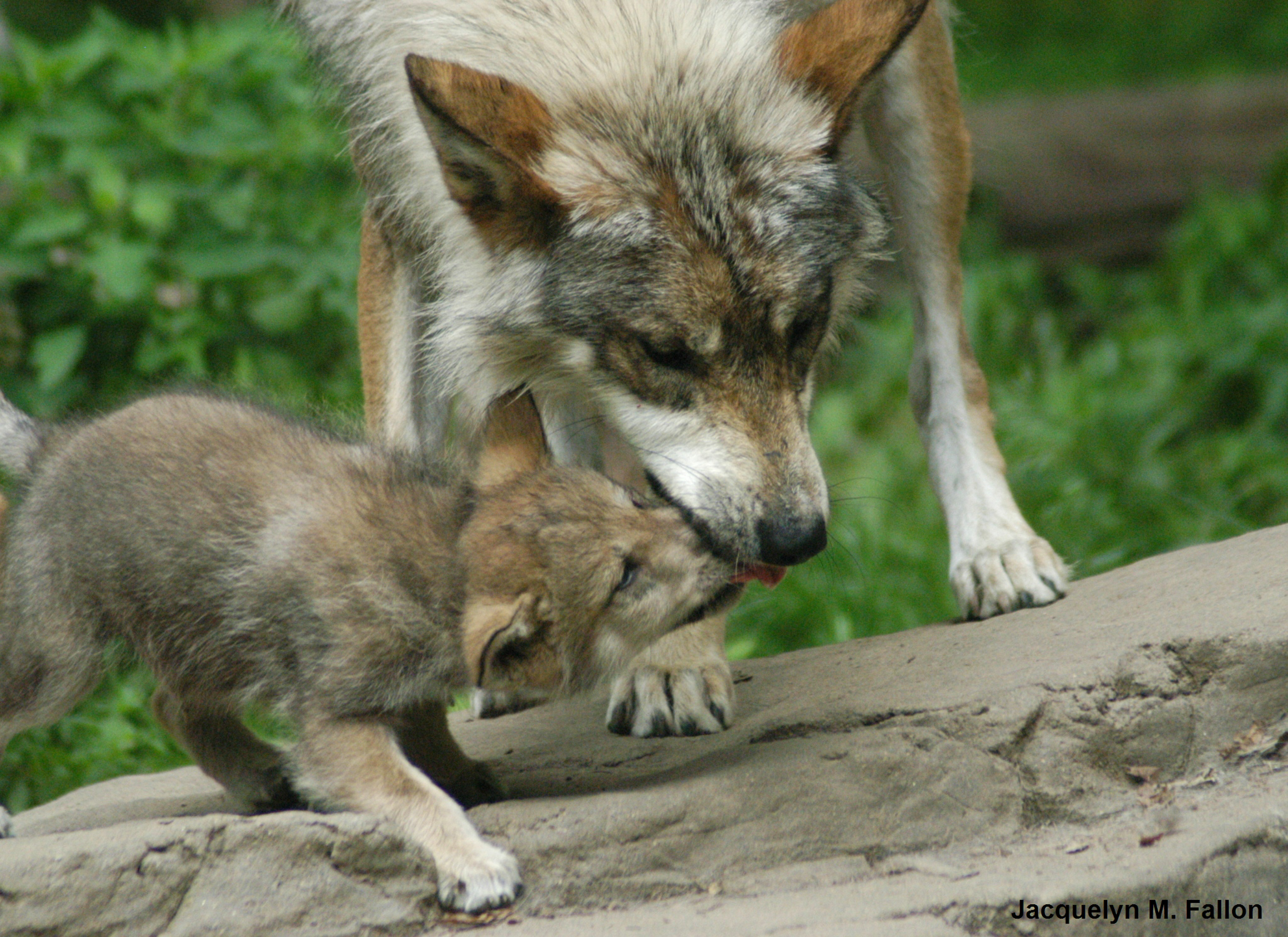WILDITY LAB
We believe that the key to coexistence between humans and wild animals lies in clear communication and innovative management tools.
That is why we have developed the Wildity Scale, a scientific tool designed to measure the condition of reintroduced specimens and facilitate crucial decisions for their well-being and survival.

